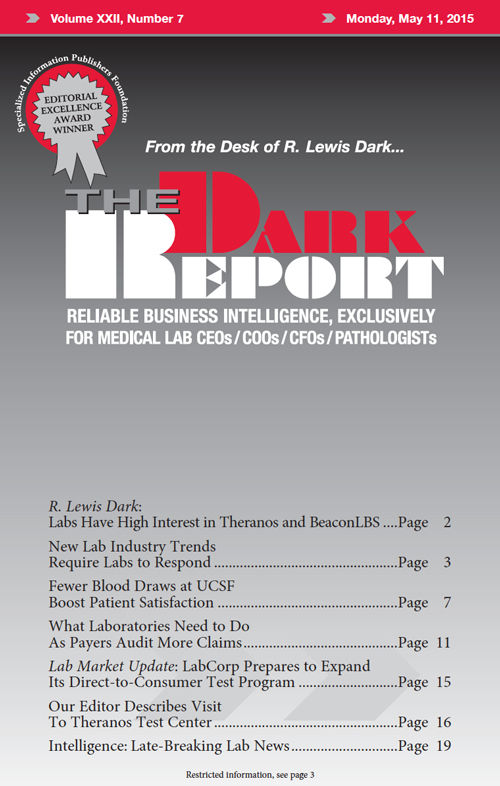CEO SUMMARY: Attorneys who advise pathologists and clinical laboratories on compliance issues say the number of audits from the government and third-party payers has increased sharply in recent years. In those audits, payers are looking for recoupment of overpayments. A lab’s failure to provide proper documentation during these audits can result in the need to pay sixand seven-figure amounts. Payers also are auditing out-of-network billing and patient balance billing.
To access this post, you must purchase The Dark Report.


